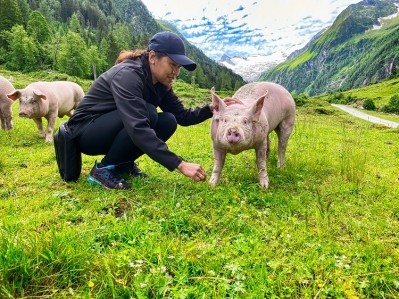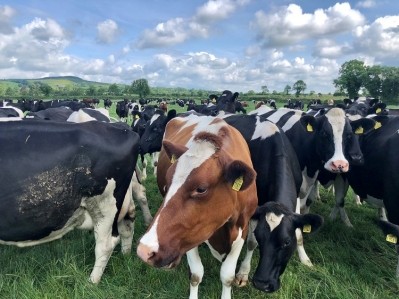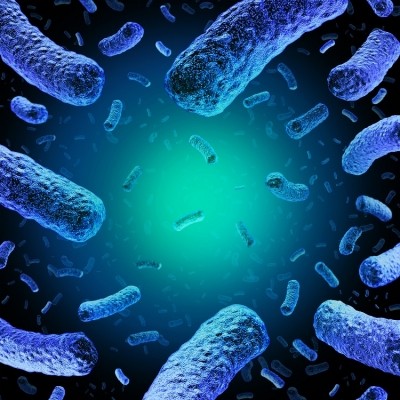‘A public health concern’: Can Campylobacter jejuni survive in raw milk?

Campylobacteriosis is the most commonly reported foodborne infection in the EU, with 127,840 infections reported in 2021 alone. Some of the symptoms include abdominal pain, diarrhoea, and fever. C. jejuni is the most common type to infect humans, often the result of faecal cross-contamination of either raw meat or raw milk.
In 2020, four outbreaks of C. jejuni were reported in the EU, blamed on raw milk vending machines. While the machines were equipped with a cooler, the milk nevertheless went above the 4°C recommended amount that it should be cooled to after milking to prevent the spread of C. jejuni . In fact, a third of the milk had a temperature of 8°C, with the highest reaching 18.6°C.
C. jejuni only grows at high temperatures and low oxygen levels, and cannot grow in raw milk under storage conditions. However, one of the crucial abilities of the bacteria is to be able to slip into the ‘viable but non-culturable’ state (VBNC), which means that it can survive under harsh conditions and that can’t be detected by cultural detection methods. Nonetheless, it is still there, waiting to be reactivated and become infectious again when better conditions become available.
In a study in the Journal of Food Safety, researchers found that the presence of C. jejuni in VBNC is ‘a public health concern’ because of its ability to stay in raw milk whilst being more difficult to detect.
Straining for the truth
During the experiment, the researchers took a DSM 4688 reference strain of C. jejuni from the DSMZ strain collection, and a BfR-CA-1804 field strain from the feaces of a dairy cow at the National Reference Laboratory (NRL) for Campylobacter at the German Federal Institute for Risk Assessment (BfR).
Raw milk was spiked with the strains and monitored at three temperatures, 5°C, 8°C and 12°C. The number of colony-forming units (CFUs) where established at each of the temperatures, detected by culture-dependent methods.
The experiment also looked for intact and putatively infectious units (IPIUs), which contained both CFUs and VBNC cells, in the raw milk using a recently-developed real-time v-qPCR, a culture-independent method that also doesn't overestimate the presence of C. Jejuni by detecting dead cells.
The results suggested that the presence of C. jejuni in raw milk is severely underestimated if CFUs alone are measured. CFUs were varied across temperatures and strains, remaining at a higher level in the field strain BfR-CA-1804. IPIUs, which also contain VBNC cells and are detected only by the v-qPCR, where present at all temperatures. There was significantly more C. jejuni in the data from the IPIUs.
While, in the form of a VBNC cell, C. jejuni is thought to be non-infectious, given the right conditions it could easily turn into CFUs and gain infective potential. In fact, the researchers found that VBNC could become culturable by extremely lowering the partial pressure of oxygen at 5°C. Most alarmingly, it also showed time-dependent recovery into infectious CFU. Therefore, it is important that we look beyond checking raw milk for existing CFUs going forward.
Still, the conditions required for VBNC to return to CFU form are very specific, and the researchers say it is unknown if these conditions can be replicated inside the human gut. Nevertheless, caution is advised.
Sourced From: Journal of Food Safety
'Modeling the survival of Campylobacter jejuniin raw milk considering the viable but non-culturable cells (VBNC)’
Published on: 30 June 2023
DOI: https://doi.org/10.1111/jfs.13077
Authors: A. Knipper, C. Plaza-Rodríguez, M. Filter, I. F. Wulsten, K. Stingl, T. Crease
























